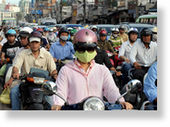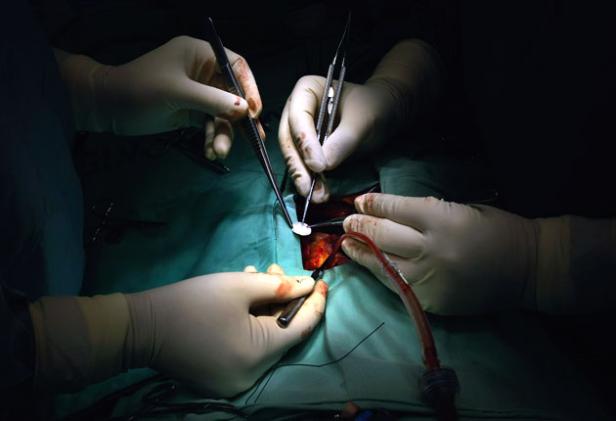
© Agence France PresseMotorcyclists during rush hour in Ho Chi Minh City, Feb. 25, 2009.
As Vietnam's economy has boomed in recent decades, so too have pollution levels in its major cities, with experts concerned that air pollution could pose a major public health concern.
"Environmental pollution in Vietnam is a real problem," said Tuong Lai, former dean of Vietnam's Social Science Institute.
"It's not just foreign visitors who have complained about our dust pollution - people in our country are also very dissatisfied with it," he said.
A study conducted by employment consultants ORC Worldwide put economic boomtowns Ho Chi Minh City and Hanoi on a list of the 20 worst cities in the world in which to live and work, for environmental reasons.
